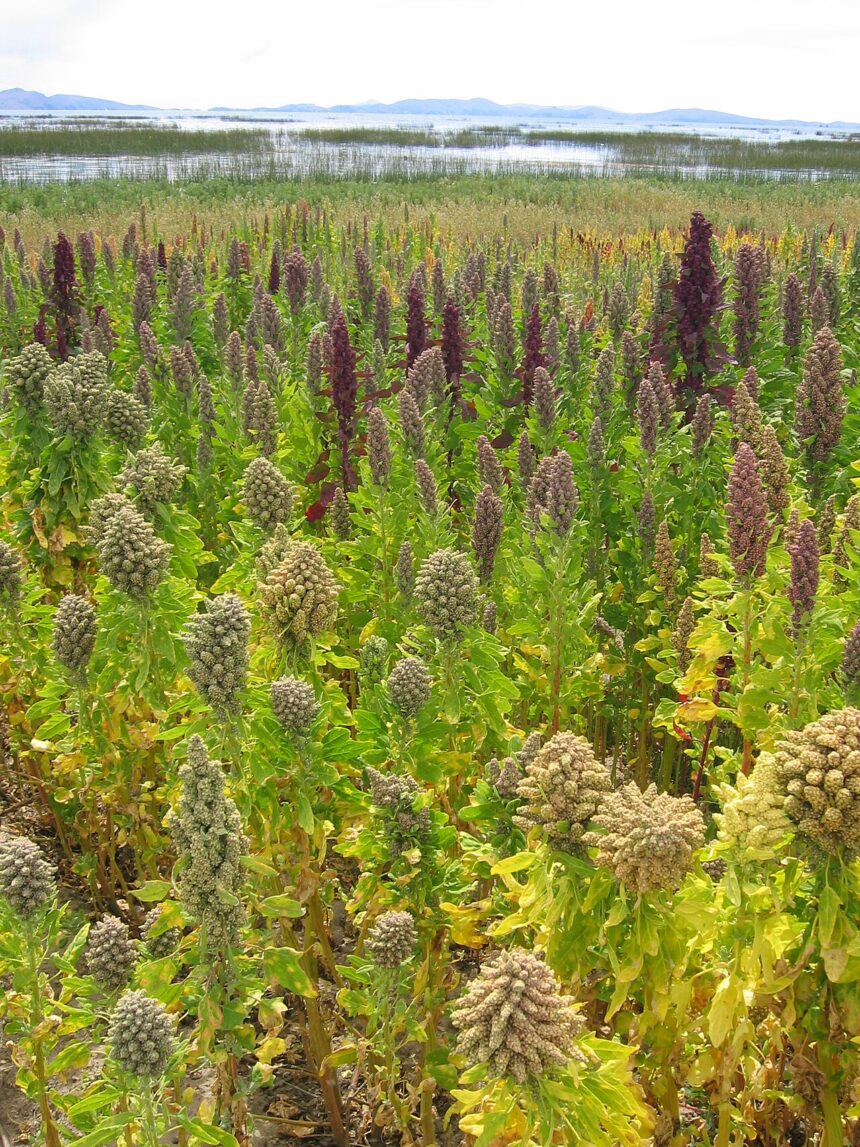Quinoa, a versatile and nutritious grain, thrives best in moderate climates. However, excessive heat can stress quinoa plants, impacting their growth and yield. Recognizing the early signs of heat stress can help you take action to mitigate damage and ensure a healthy harvest. Here are ten early indicators that your quinoa may be suffering from excessive heat:
- Wilting Leaves
One of the first signs of heat stress is wilting leaves. Quinoa plants may exhibit drooping or curling leaves as they struggle to manage high temperatures. - Leaf Scorching
Heat stress can cause leaf scorching, where the edges of the leaves turn brown and dry out. This is a result of the plant losing moisture faster than it can absorb it. - Leaf Drop
Excessive heat can cause the plant to shed its leaves prematurely to reduce water loss. If you notice an abnormal amount of leaf drop, heat stress might be the culprit. - Reduced Growth
Quinoa plants experiencing heat stress often show stunted growth. The plant’s overall height and the size of its leaves may be smaller than usual. - Poor Seed Development
Heat stress can impair seed development, leading to poorly formed or underdeveloped quinoa seeds. If the seeds are smaller or misshapen, it might be due to high temperatures during critical growth stages. - Discoloration of Stems
Look out for changes in stem color. Stems may become discolored or show signs of sunburn, which indicates that the plant is struggling to cope with excessive heat. - Reduced Flowering
High temperatures can affect flowering, leading to fewer blooms or a reduction in flower size. This impacts the plant’s ability to produce seeds effectively. - Leaf Necrosis
Severe heat stress may cause leaf necrosis, where patches of the leaf tissue die and turn dark brown or black. This is a sign that the plant is under extreme duress. - Increased Pest Activity
Heat-stressed plants are more vulnerable to pests and diseases. An uptick in pest activity or disease outbreaks can be a secondary sign of heat stress. - Delayed Maturity
Quinoa plants that are stressed by excessive heat may take longer to reach maturity. If the expected harvest date is delayed significantly, heat stress could be the reason.
Mitigating Heat Stress
To address heat stress, consider implementing shade cloths, increasing irrigation, and ensuring proper soil management to maintain moisture levels. Monitoring weather forecasts and adjusting your care routine can help protect your quinoa plants from the detrimental effects of excessive heat.
By paying attention to these signs and taking proactive measures, you can help your quinoa thrive despite challenging weather conditions.
Join 'Farmers Mag' WhatsApp Channel
Get the latest Farming news and tips delivered straight to your WhatsApp
CLICK HERE TO JOIN






